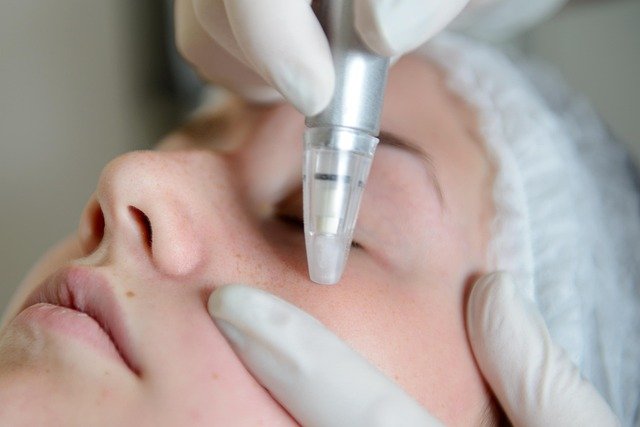Microneedling: Tiny Pricks, Big Results
Microneedling, a minimally invasive cosmetic procedure, has taken the skincare world by storm in recent years. This technique involves creating controlled micro-injuries to the skin using fine needles, prompting the body's natural healing response and stimulating collagen production. Originally developed in the 1990s as a treatment for scars, microneedling has evolved into a versatile solution for various skin concerns, including fine lines, wrinkles, and uneven texture. As the demand for non-surgical skincare treatments grows, microneedling has emerged as a popular choice for those seeking to rejuvenate their skin without the downtime associated with more invasive procedures.

Evolution of Microneedling Devices
The first microneedling devices were simple rollers equipped with tiny needles. As the technique gained popularity, more sophisticated tools emerged. Today, practitioners can choose from a range of devices, including automated pens that offer precise control over needle depth and speed. Some advanced systems even combine microneedling with radiofrequency energy or LED light therapy for enhanced results.
Beyond Facial Rejuvenation
While microneedling is primarily associated with facial treatments, its applications extend far beyond. The technique has shown promise in addressing a variety of skin concerns across the body. Some practitioners use microneedling to improve the appearance of stretch marks, surgical scars, and even hair loss. In trichology, microneedling is being explored as a potential treatment to stimulate hair follicles and promote hair growth.
The Rise of At-Home Microneedling
As with many professional skincare treatments, the consumer market has seen a surge in at-home microneedling devices. These tools, often in the form of derma rollers or small handheld devices, promise similar benefits to professional treatments at a fraction of the cost. However, the effectiveness and safety of these DIY options remain subjects of debate among skincare professionals.
Combining Microneedling with Topical Treatments
One of the most exciting developments in microneedling is its potential to enhance the absorption and efficacy of topical skincare products. The micro-channels created by the needles can allow for deeper penetration of serums and other active ingredients. This has led to the development of specialized protocols that combine microneedling with carefully selected topical treatments, targeting specific skin concerns with unprecedented precision.
Navigating the Risks and Controversies
Despite its growing popularity, microneedling is not without its controversies. Concerns about infection risk, particularly with at-home devices, have led to increased scrutiny from regulatory bodies. Additionally, the widespread adoption of microneedling by non-medical practitioners has raised questions about training standards and best practices. As the industry continues to evolve, striking a balance between accessibility and safety remains a key challenge.
The Future of Microneedling
As research in the field of regenerative medicine advances, the potential applications for microneedling continue to expand. Scientists are exploring its use in drug delivery, wound healing, and even as a tool for administering vaccines. The integration of microneedling with other technologies, such as artificial intelligence for treatment customization, points to an exciting future for this versatile technique.
In conclusion, microneedling represents a fascinating intersection of ancient healing principles and modern cosmetic technology. Its ability to stimulate the body’s natural regenerative processes offers a unique approach to skin rejuvenation that aligns with the growing demand for minimally invasive treatments. As the technique continues to evolve and new applications emerge, microneedling is poised to remain at the forefront of skincare innovation for years to come.




